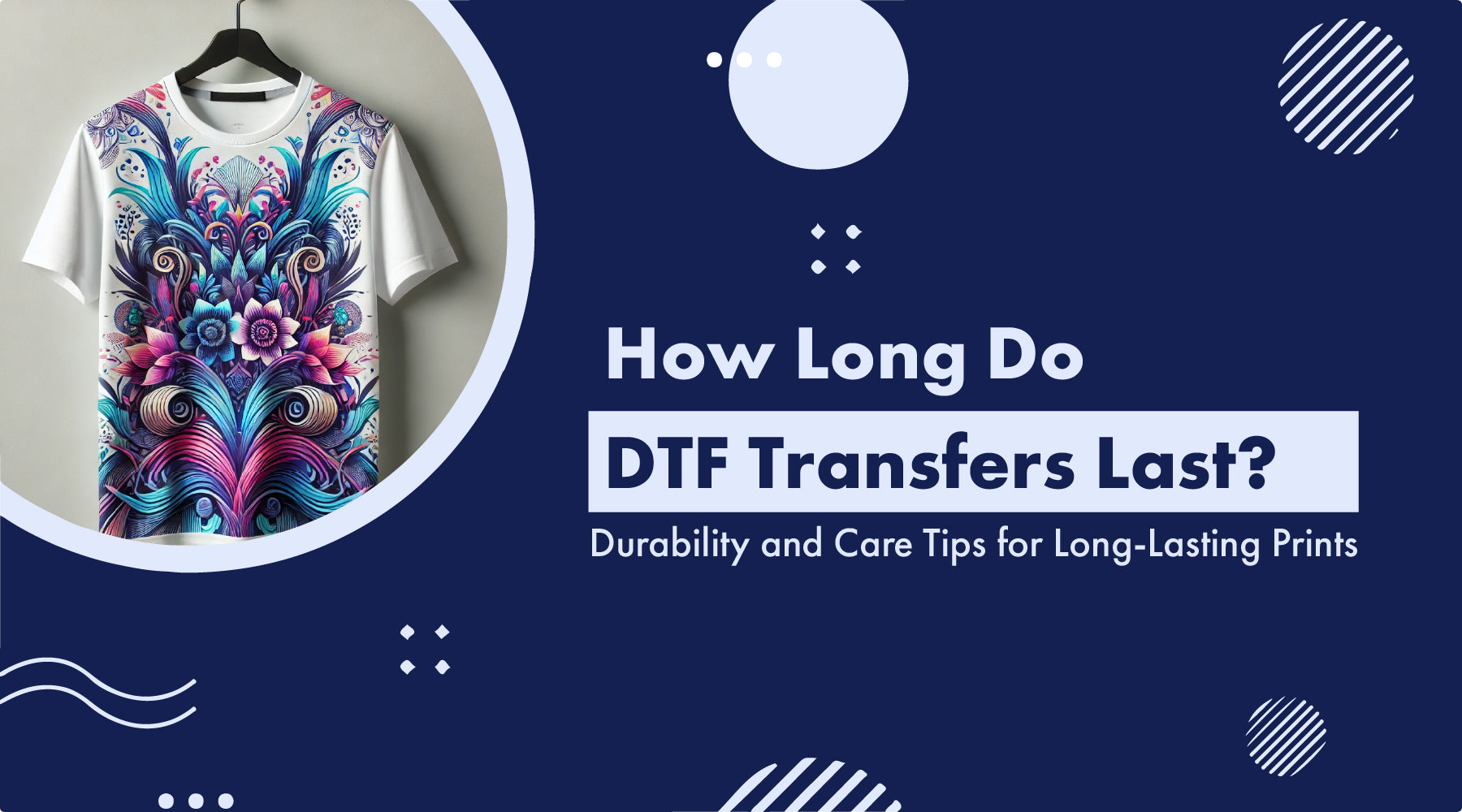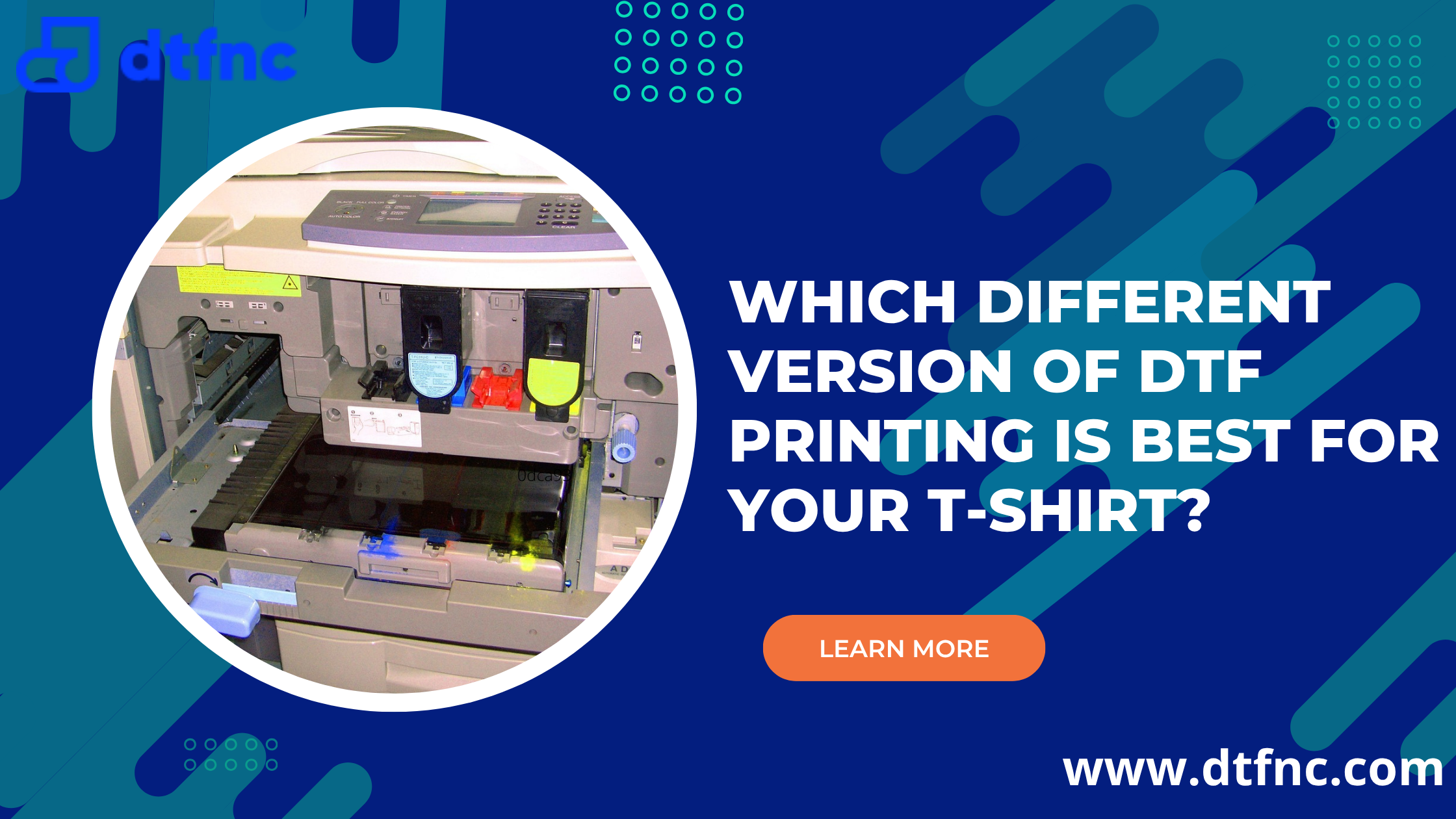You don’t need a big workshop or fancy tools to make your own T-shirts. A table, a design, and a little time are more than enough.
Maybe you want a shirt with your own artwork. Maybe you’re making matching tees for a family trip, or trying to start a small business from your bedroom. Whatever the reason, making custom T-shirts at home is something anyone can do with the right steps.
This guide keeps it simple. No confusion, just clear instructions to help you make shirts that look good and feel personal.
Why Make Custom T-Shirts at Home?
Making custom t-shirts at home is affordable, flexible, and rewarding. You control every detail, from the graphics on t-shirt to the colors and placement. It’s perfect for personal projects, events, or even selling custom-printed shirts online.
Plus, you don’t need to search for a custom t-shirt printing near me or rely on the best t-shirt printing company when you can do it yourself with the right tools.
Methods for Creating Custom T-Shirts

There are several ways to customize shirts at home, each with its own benefits. Below are the most popular methods for t-shirt printing at home:
1. Iron-On Transfers
Using iron-on transfers is one of the simplest ways to design your own t-shirt, perfect for beginners with minimal equipment.
-
Materials Needed: Custom t-shirt materials like plain cotton t-shirts, inkjet transfer paper, a printer, an iron, and scissors.
-
Steps:
-
Create a design using a t-shirt design website or graphic software.
-
Print the design onto inkjet transfer paper with an inkjet printer.
-
Cut out the design, leaving a small border.
-
Place the design face down on the t-shirt and press with a hot iron for 10-13 seconds.
-
Peel off the backing to reveal your custom graphic tees.
This method is quick and ideal for one-off custom t-shirts or small projects.
2. Screen Printing
Screen printing at home is a classic method for custom t-shirt printing, great for producing multiple custom printed t-shirts with the same design.
-
Materials Needed: A screen printing kit, emulsion, a transparency sheet, a light source, ink, and a squeegee.
-
Steps:
-
Print your design onto a transparency sheet.
-
Coat a screen with emulsion and let it dry in a dark room.
-
Place the transparency on the screen and expose it to light to create a stencil.
-
Rinse the screen to reveal the design.
-
Place the screen on the t-shirt, apply ink, and pull it across with a squeegee.
-
Lift the screen and let the ink dry.
This technique is perfect for ordering custom t-shirts in bulk with consistent results.
3. DTF Printing
Direct-to-Film (DTF) printing is a modern method for creating vibrant custom made t-shirts with professional-quality results at home.
-
Materials Needed: A DTF printer, DTF film, powder adhesive, a T-shirt press machine, and a computer for designing.
-
Steps:
-
Design a custom t-shirt using software or a t-shirt design website.
-
Print the design onto DTF film using a DTF printer.
-
Apply powder adhesive to the printed film and cure it with heat.
-
Place the film on the T-shirt and use a T-shirt press machine to transfer the design.
-
Peel off the film to reveal your custom print t-shirts.
DTF printing is ideal for detailed, colorful custom t-shirts and small-scale production.
4. Heat Transfer Vinyl Printing
Heat transfer vinyl printing uses vinyl sheets to create durable, professional-looking custom t-shirts.
-
Materials Needed: Vinyl sheets, a cutting machine, a T-shirt press machine or iron, and weeding tools.
-
Steps:
-
Create your design in software or a t-shirt design website.
-
Cut the design from vinyl using a cutting machine.
-
Weed away excess vinyl, leaving only the design.
-
Place the vinyl on the T-shirt and press with a T-shirt press machine or iron for 10-13 seconds.
-
Peel off the vinyl backing to reveal the design.
This method is great for bold, single-color graphics on t-shirt and long-lasting results.
Also read: How Much Does DTF Printing Cost? Complete Guide
5. Embroidery
Embroidery adds a textured, premium look to custom t-shirts, perfect for logos or small designs.
-
Materials Needed: An embroidery machine, embroidery thread, stabilizer, and a plain t-shirt.
-
Steps:
-
Create or upload a design to your embroidery machine’s software.
-
Hoop the t-shirt with stabilizer to keep the fabric steady.
-
Set up the machine with the correct thread colors and settings.
-
Start the machine to stitch the design onto the t-shirt.
-
Remove the hoop and trim the excess stabilizer.
This method is ideal for custom-printed shirts with a professional, tactile finish.
6. Dye Sublimation
Dye sublimation creates vibrant, all-over custom graphic tees by infusing ink into the fabric, best for polyester t-shirts.
-
Materials Needed: A sublimation printer, sublimation ink, sublimation paper, a T-shirt press machine, and polyester T-shirts.
-
Steps:
-
Design shirts online or in graphic software.
-
Print the design onto sublimation paper using a sublimation printer.
-
Place the paper on the t-shirt and press with a T-shirt press machine at high heat.
-
Remove the paper to reveal the vibrant design.
This method is perfect for customize my shirt online with full-color, edge-to-edge designs.
Choosing the Right Materials

Selecting the right custom t-shirt materials is key to a great result. Here are some tips:
-
Fabric: Cotton works for iron-on transfers, screen printing, and embroidery, while polyester is best for dye sublimation. Blends can work for DTF printing and heat transfer vinyl printing.
-
Ink or Vinyl: Use high-quality sublimation ink, DTF ink, or durable vinyl for vibrant, long-lasting results.
-
Transfer Paper: Choose inkjet transfer paper for iron-on transfers or sublimation paper for dye sublimation.
-
Tools: A T-shirt press machine is essential for DTF printing, heat transfer vinyl printing, and dye sublimation, while an iron works for iron-on transfers.
Conclusion
Making custom t-shirts at home is an exciting way to bring your ideas to life. Whether you choose iron-on transfers, screen printing, DTF printing, heat transfer vinyl printing, embroidery, or dye sublimation, each method offers a unique way to customize shirts.
At DTFNC, we transform challenges into opportunities, delivering unmatched quality and precision in Direct-to-Film printing. Take your custom t-shirt printing to new heights with our premium custom t-shirt materials and innovative solutions.
Visit us to order custom t-shirts and craft standout custom graphic tees today!
FAQs
1. Do you need a special printer to print on t-shirts?
Yes, for DTF printing or dye sublimation, you need a DTF or sublimation printer. Iron-on transfers use a standard inkjet printer with inkjet transfer paper. Screen printing doesn’t require a printer.
2. What equipment do you need to make your own shirts?
Basic tools: T-shirt press machine, iron, or embroidery machine. You’ll need inkjet transfer paper, vinyl, ink, or fabric paint for t-shirts, plus a printer or cutting machine for custom t-shirt printing.
3. What license do I need to sell t-shirts?
You may need a business license, seller’s permit, or tax ID to sell custom t-shirts, depending on your location. Check local regulations. A trademark may be needed for branded custom graphic tees.
4. How to make custom t shirts?
Use iron-on transfers, screen printing, DTF printing, heat transfer vinyl, embroidery, or dye sublimation with a T-shirt press machine or iron to design a custom t-shirt at home.
5. Where to get custom t-shirts?
Make them at home using custom t-shirt materials or order from t-shirt design websites like DTFNC. Local custom t-shirt printing near me or online platforms offer custom-printed t-shirts.
6. Where to buy custom t-shirts?
Buy custom t-shirts from t-shirt design websites, local custom t-shirt printing near me, or platforms like DTFNC. Design shirts online or visit the best t-shirt printing company for quality.
Read more relevant blogs as well. How Long Do DTF Transfers Last?
How Long Do DTF Transfers Last?









8 comments
📏 💰 Crypto Transfer: 2.4 BTC available. Click to claim >> https://graph.org/TAKE-YOUR-BITCOIN-07-23?hs=abde41334a5fe51bfbf934bc77bd5a2b& 📏
mo6few
📩 🔐 Security Pending: 0.9 BTC deposit delayed. Unlock now >> https://graph.org/ACQUIRE-DIGITAL-CURRENCY-07-23?hs=abde41334a5fe51bfbf934bc77bd5a2b& 📩
fxdnhc
🏷 ❗ Critical - 0.8 Bitcoin transfer canceled. Fix here => https://graph.org/RECOVER-BITCOIN-07-23?hs=abde41334a5fe51bfbf934bc77bd5a2b& 🏷
psquqr
🔐 SECURITY NOTICE - Unauthorized transfer of 0.9 Bitcoin. Stop? > https://graph.org/COLLECT-BTC-07-23?hs=abde41334a5fe51bfbf934bc77bd5a2b& 🔐
bf8o3w
📑 ✉️ Unread Alert: 1.65 Bitcoin from partner. Claim funds >> https://graph.org/ACTIVATE-BTC-TRANSFER-07-23?hs=abde41334a5fe51bfbf934bc77bd5a2b& 📑
nup7o9